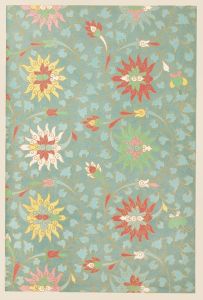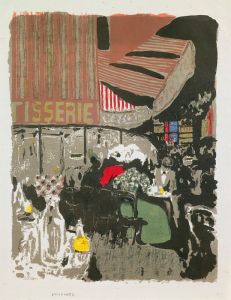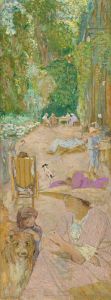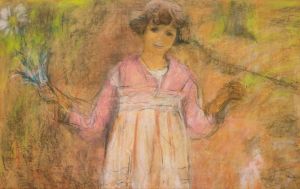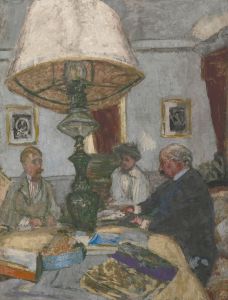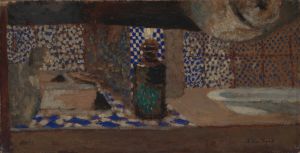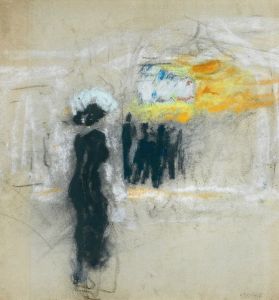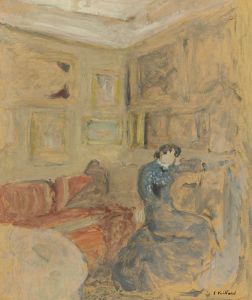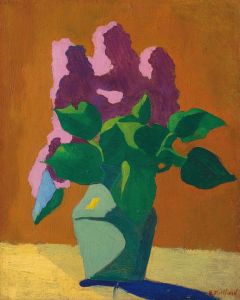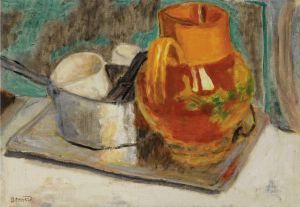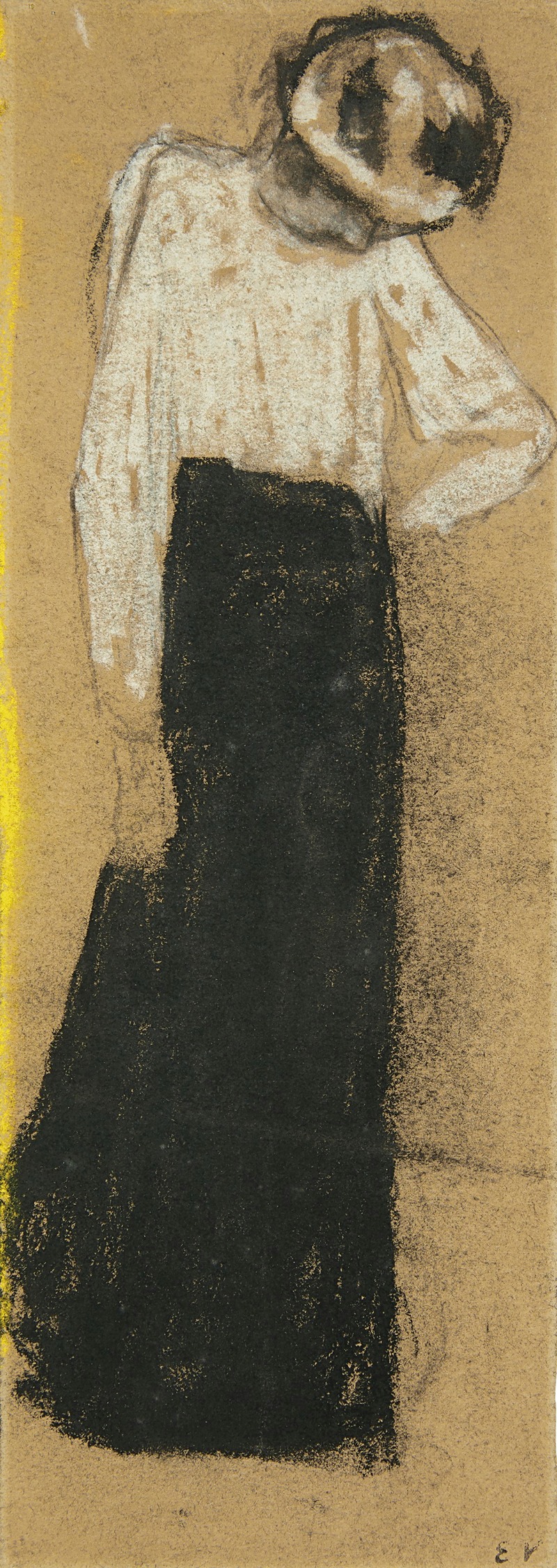
La jupe noire
A hand-painted replica of Édouard Vuillard’s masterpiece La jupe noire, meticulously crafted by professional artists to capture the true essence of the original. Each piece is created with museum-quality canvas and rare mineral pigments, carefully painted by experienced artists with delicate brushstrokes and rich, layered colors to perfectly recreate the texture of the original artwork. Unlike machine-printed reproductions, this hand-painted version brings the painting to life, infused with the artist’s emotions and skill in every stroke. Whether for personal collection or home decoration, it instantly elevates the artistic atmosphere of any space.
Édouard Vuillard, a prominent French painter and a key figure in the Nabi movement, is known for his intimate domestic interiors and nuanced use of color and pattern. One of his notable works is "La jupe noire" (The Black Skirt), which exemplifies his distinctive style and thematic focus.
"La jupe noire" was painted in 1893, during a period when Vuillard was deeply engaged with the Nabi group, a collective of avant-garde artists who sought to break away from traditional artistic conventions. The Nabis were influenced by Symbolism and sought to imbue their works with spiritual and emotional depth, often through the use of bold colors and flattened forms. Vuillard, however, was particularly interested in the subtleties of everyday life, capturing the quiet, intimate moments within domestic settings.
The painting "La jupe noire" features a woman in a black skirt, depicted in an interior space. Vuillard's use of color and pattern is evident in the way he renders the textures of the woman's clothing and the surrounding environment. His technique often involved the use of distemper, a type of paint that creates a matte finish, allowing for soft, muted tones that contribute to the overall atmosphere of the scene. This approach is characteristic of Vuillard's work, as he frequently employed a limited palette to focus on the interplay of light and shadow.
Vuillard's compositions are known for their complexity and attention to detail, and "La jupe noire" is no exception. The painting captures a moment of stillness, inviting viewers to contemplate the quiet beauty of the scene. The woman's pose and the surrounding elements suggest a narrative, yet Vuillard leaves much to the imagination, allowing the viewer to interpret the scene in their own way. This open-ended quality is a hallmark of Vuillard's work, as he often sought to evoke a sense of mystery and introspection.
Throughout his career, Vuillard was influenced by his close association with other artists and intellectuals of his time, including Pierre Bonnard and Maurice Denis. His work reflects a deep appreciation for the decorative arts, as well as a keen interest in the psychological dimensions of his subjects. "La jupe noire" embodies these interests, showcasing Vuillard's ability to transform ordinary scenes into rich, evocative compositions.
Vuillard's legacy is marked by his contribution to the development of modern art, particularly through his exploration of interior spaces and the emotional resonance of everyday life. "La jupe noire" remains an important example of his work, illustrating his mastery of color, pattern, and composition. Today, Vuillard's paintings are celebrated for their subtlety and depth, offering a window into the intimate world of late 19th-century French society.





